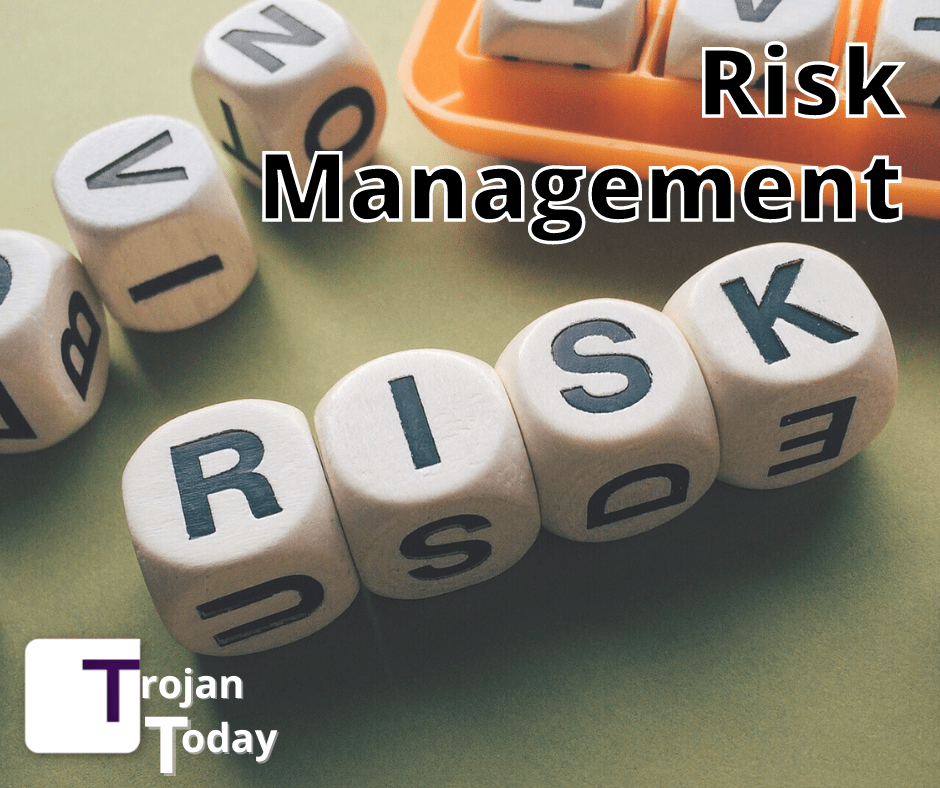Originally published in 2008
Protecting your assets, reputation, and, above all, your entire livelihood, is paramount. The four steps listed below form a blueprint for success formula known as “3R2.”™
Reduce Risk + Refine Relationships = Reach Results
Just as reading, ‘riting, and ‘rithmetic are the basics of elementary school learning, this elementary formula transcends the risk domains as well.
Think of risk management proactively.
One of the foremost benefits of risk management is the ability to proactively identify vulnerable habits and practices. When you know how to identify vulnerabilities, you can mitigate situations before they lead to errors or result in litigation or a complaint to the dental board. Start by identifying the assets you wish to protect and the associated risks. See Figure 1 for a sample worksheet that will enable you to assess the risks you identify in each of the risk domains. First, assign a severity rating across the top of the worksheet. Next, assign a frequency rating in each column. Risks that are the most severe, with a high rate of frequency, require immediate attention. Risks that occur frequently but are not as severe must be evaluated based on the nature of the risk, the potential cost of the risk, and the cost to remedy the risk. Incorporate this exercise along with your regular practice management assessments.
Figure 1: Risk Assessment Worksheet

Hire right and train well.
The value of thorough and consistent hiring practices must not be underrated. Don’t cut corners on hiring practices or staff training. Too often, reference and background checks are skipped and training is done in a trial by fire method. New staff is shown the ropes while seeing patients. Of course, the new staff member can’t absorb everything thoroughly and understand the mission, vision, and philosophy of the practice through this haphazard method. When it comes to hiring and training, cutting corners erodes your risk management and patient safety foundation.
Patient safety in medicine places a strong focus on nurses because these individuals make up the bulk of the medical industry. The same is true in dentistry. Hygienists, assistants, and business staff make up more than 75 percent of the industry, and these staff members do most of the interacting with patients. What your staff say (or don’t say) or do (or don’t do) speaks volumes about the culture of your practice. Refine the relationships in your practice by ensuring members of your staff are good spokespeople on behalf of quality care and patient safety.
Keep Proper Records.
Challenges arise when unusual occurrences, incidents, or patient conversations are not recorded in a legally sound format. It is possible to write volumes of notes containing information that suggests you were negligent or provided substandard care. Beyond the patient care information, documentation needs to be tailored to address the circumstances and nature of the situation itself. See Figure 2 for a sample listing of words that in certain circumstances can imply substandard performance or blame.
Unprofessional comments and uncaring attitudes can quickly undermine risk management efforts in your office. Consider these general principles that may assist in the prevention or defense of litigation by reducing risk and refining relationships:
- Do not document your frustration with, or disapproval of, difficult patients. Stick to the clinical facts and omit personal opinions about the patient.
- Avoid expressions that imply a negative value judgment of the patient. Personal opinions lessen the value of your documentation and must not override the importance of capturing clinical data in an objective fashion.
- Answer questions from patients and/or family members in a serious manner. Flippant or inadequate answers that disregard patient concerns leave an uncaring impression that can lead to the breakdown of the patient-provider relationship.1
Know thyself.
While we are all responsible and accountable for our own behavior, you are ultimately held accountable for your staff. We all have definable communication and behavioral skills and patterns. Once you take time to identify your patterns and preferences as well as those of your coworkers, staff, and patients, you will gain a new understanding of how to leverage the strengths of your staff to achieve risk management and safety goals.
All relationships and all communications involve choice. We have a choice in everything we do. How do you choose to view risk, safety, relationships, and the results you desire in your practice? We can’t change other people; however, we are responsible for our communication styles and how we react to those of others.
Frequently, it is fear of the unknown that keeps us from breaking out of the cycle of poor communication habits. When we choose not to change, we choose to remain stuck in our same patterns of communication and behavior because they feel normal and create some level of success (although it’s often a false sense of success).
Figure 2: Words to Avoid When Documenting

Dentistry is practiced in an ever-changing environment; as products and technology change, so do the risks, either by increasing or decreasing. Now is the time to rethink how risk management is implemented and sustained in your practice. Positioning risk management as part of your foundation will help you protect your million-dollar practice and achieve the results you desire.
Linda Harvey, RDH, MS, is a licensed healthcare risk manager and teaches teams how to leverage teamwork to reduce risk, promote safety, and reach results while enjoying dentistry. She speaks and consults in the areas of patient safety, risk management, and employment law compliance.
FMI: 904.573.2232, or www.lindaharvey.net
1 Ching, W.R.H. 2004. Enterprise Risk Management: Laying a broader framework for health care risk management. In R. Carroll, (Ed) Risk Management Handbook for Health Care Organizations, 4th Ed. (pgs. 3-14). San Francisco, California Jossey Bass.

